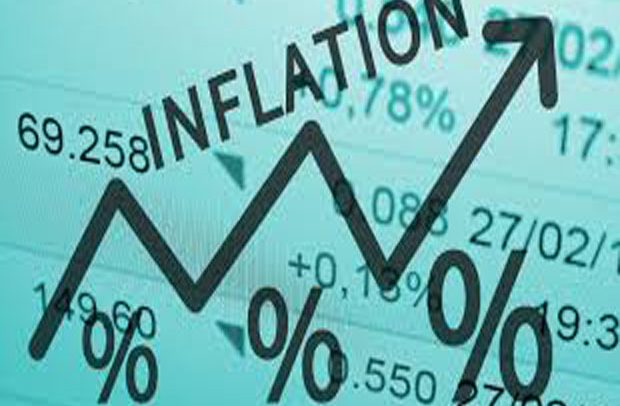THE NATIONAL year-on-year inflation rate was 8.2% in November 2019, up by 0.5 percentage points from the 7.7% recorded in October 2019.
Month-on-month inflation between October 2019 and November 2019 was 0.7%.
According to a report released by the Ghana Statistical Service, alcoholic beverages, tobacco and narcotics (13.4%) and transport (12.3%) were the divisions with the highest rates of inflation.
Due to its relative importance in consumption, food is still the main driver of inflation in Ghana, more so, even than last month.
The food and non-alcoholic beverages division recorded a year-on-year inflation rate of 8.4%. This was 1.4 percentage points higher than what was recorded in October 2019 (7.0%). Between October 2019 and November 2019, the price level of food and non-alcoholic beverages went up slightly (1.1%).
This rise is predominantly driven by an increase in price levels of vegetables. National non-food year-on-year inflation for November 2019 was 8.0%, down from 8.2% recorded in October 2019.
Non-food subclasses with the highest year-on-year inflation include: narcotics (46.7%), postal and courier services (32.5%), jewellery and watches (22.1%), repair and hire of furniture (21.3%), solid fuels (17.2%), passenger transport by road (15.0%). Maintenance and repair of personal transport equipment (-10.1%), education (not defined by level) (-7.9%), sports equipment (-1.5%) and electricity (-0.9%) had negative year-on-year inflation.
Inflation of imported goods was 7.5%, while the inflation of local goods was 8.4% on average. This differs from the trend in the previous months, where inflation of local goods was lower than the inflation of imported goods. In October 2019 the inflation for imported goods was 8.3%, while the inflation of local goods was 7.5% on average.
At the regional level, the year-on-year inflation ranged from 3.5% in the Upper West Region to 12.8% in the Greater Accra Region.


